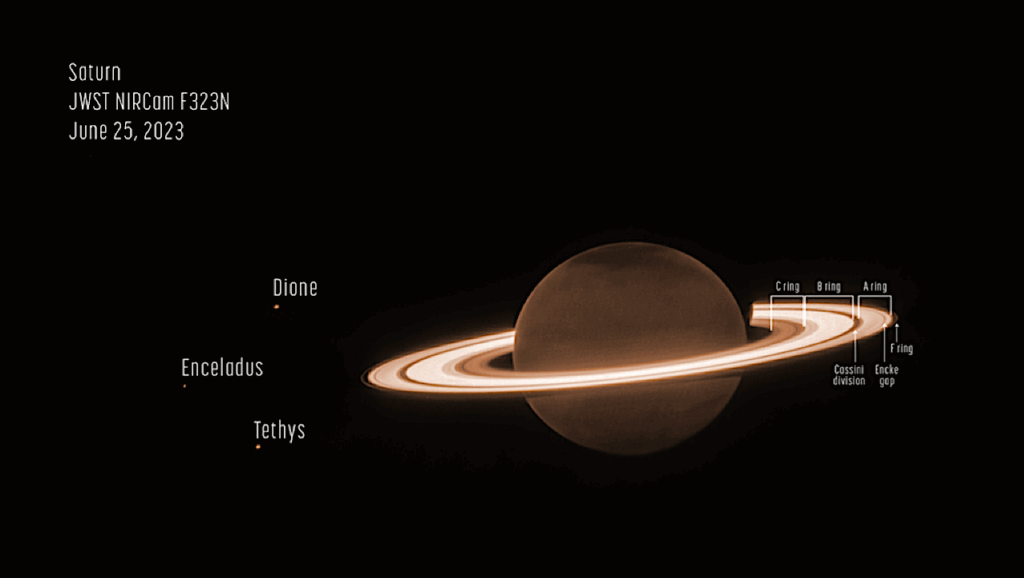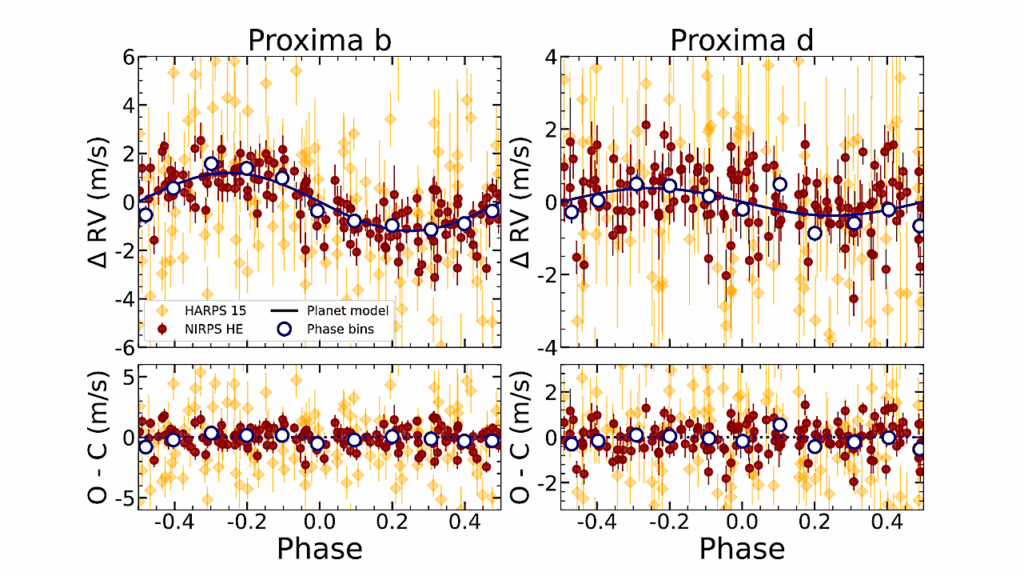The Effect of Substellar Continent Size on Ocean Dynamics of Proxima Centauri b

The potential habitability of tidally locked planets orbiting M-dwarf stars has been widely investigated in recent work, typically with a non-dynamic ocean and without continents. On Earth, ocean dynamics are a primary means of heat and nutrient distribution.
Continents are a critical source of nutrients, strongly influence ocean dynamics, and participate in climate regulation. In this work, we investigate how the size of a substellar land mass affects the oceans ability to transport heat and upwell nutrients on the tidally locked planet Proxima Centauri b using the ROCKE-3D coupled ocean-atmosphere General Circulation Model (GCM). We find that dayside ice-free ocean and nutrient delivery to the mixed layer via upwelling are maintained across all continent sizes.
We also find that Proxima Centauri bs climate is more sensitive to differences among atmospheric GCMs than to the inclusion of ocean dynamics in ROCKE-3D. Finally, we find that Proxima Centauri b transitions from a lobster state where ocean heat transport distributes heat away from the substellar point to an eyeball state where heat transport is restricted and surface temperature decreases symmetrically from the substellar point when the continent size exceeds about 20 percent of the surface area.
Our work suggests that both a dynamic ocean and continents are unlikely to decrease the habitability prospects of nearby tidally locked targets like Proxima Centauri b that could be investigated with future observations by the James Webb Space Telescope (JWST).
Andrea M. Salazar, Stephanie L. Olson, Thaddeus D. Komacek, Haynes Stephens, Dorian S. Abbot
Comments: Accepted to ApJ Letters May 19th, 2020
Subjects: Earth and Planetary Astrophysics (astro-ph.EP)
Cite as: arXiv:2005.14185 [astro-ph.EP] (or arXiv:2005.14185v1 [astro-ph.EP] for this version)
Submission history
From: Andrea Salazar
[v1] Thu, 28 May 2020 17:55:36 UTC (4,422 KB)
https://arxiv.org/abs/2005.14185
Astrobiology








